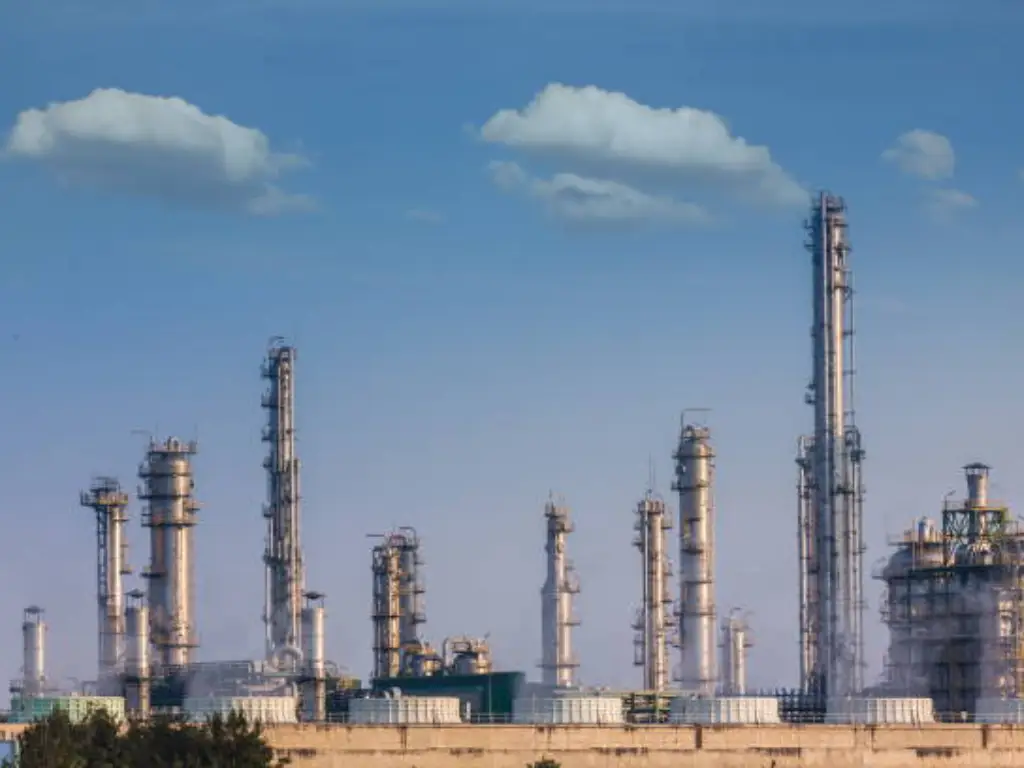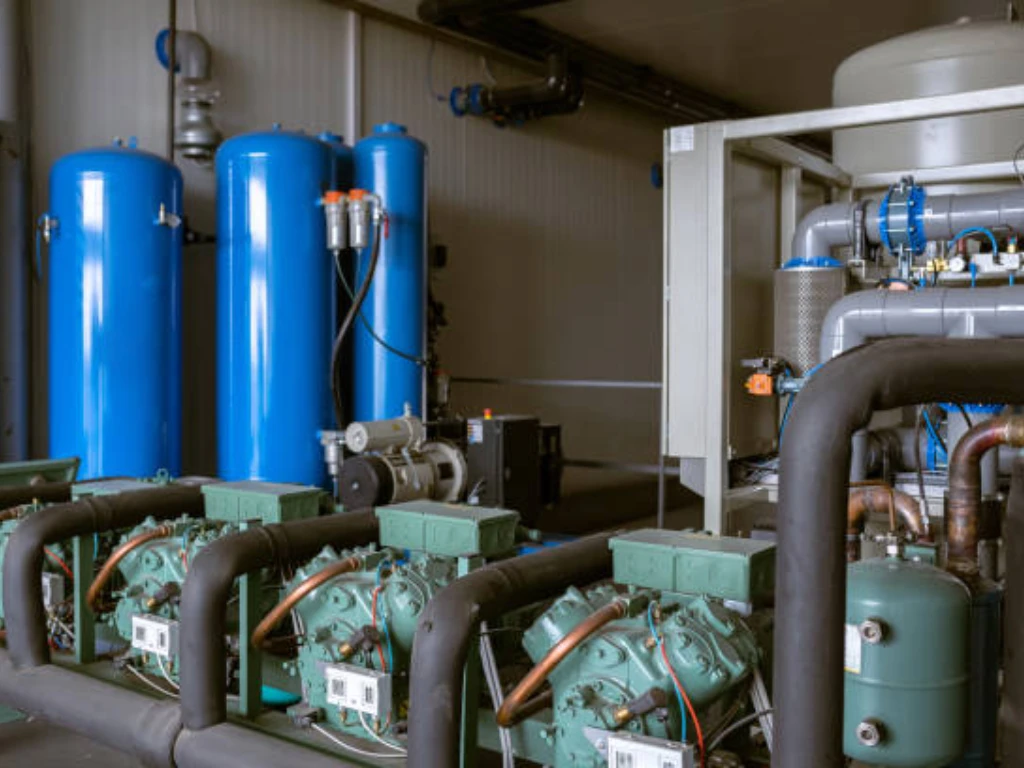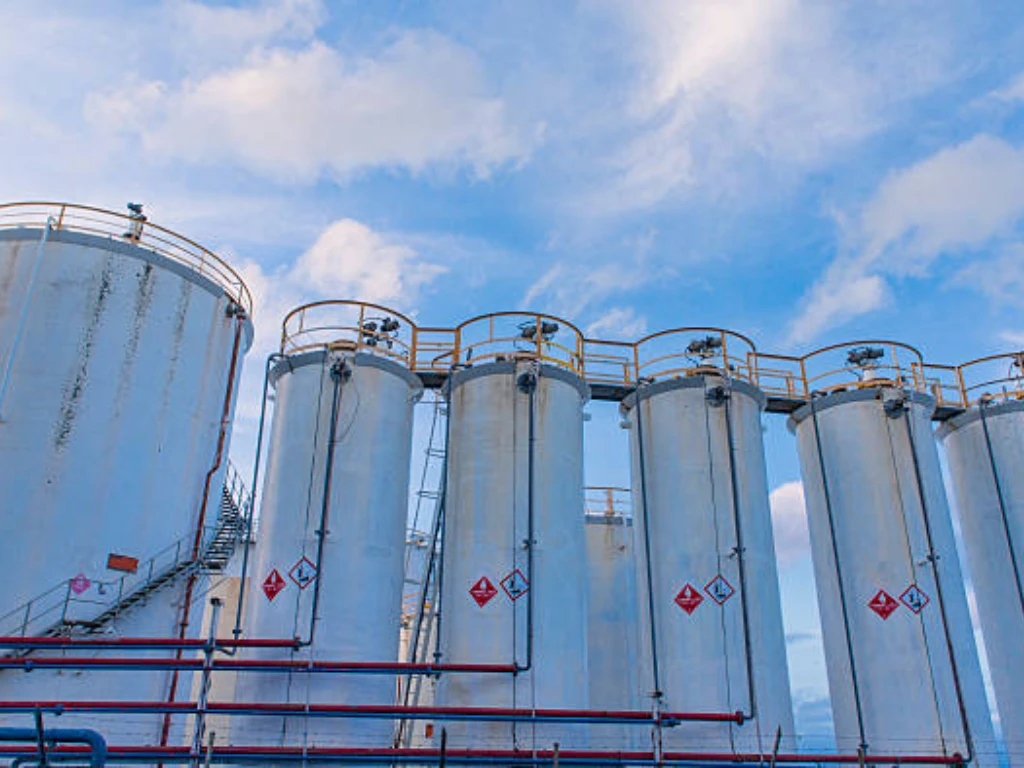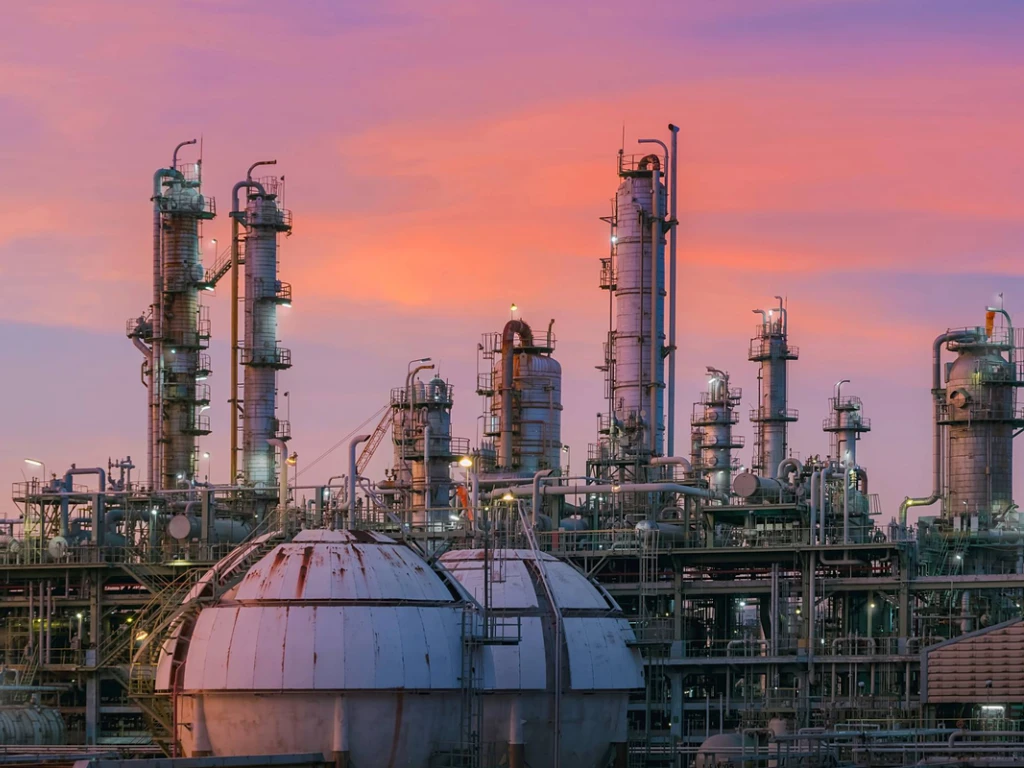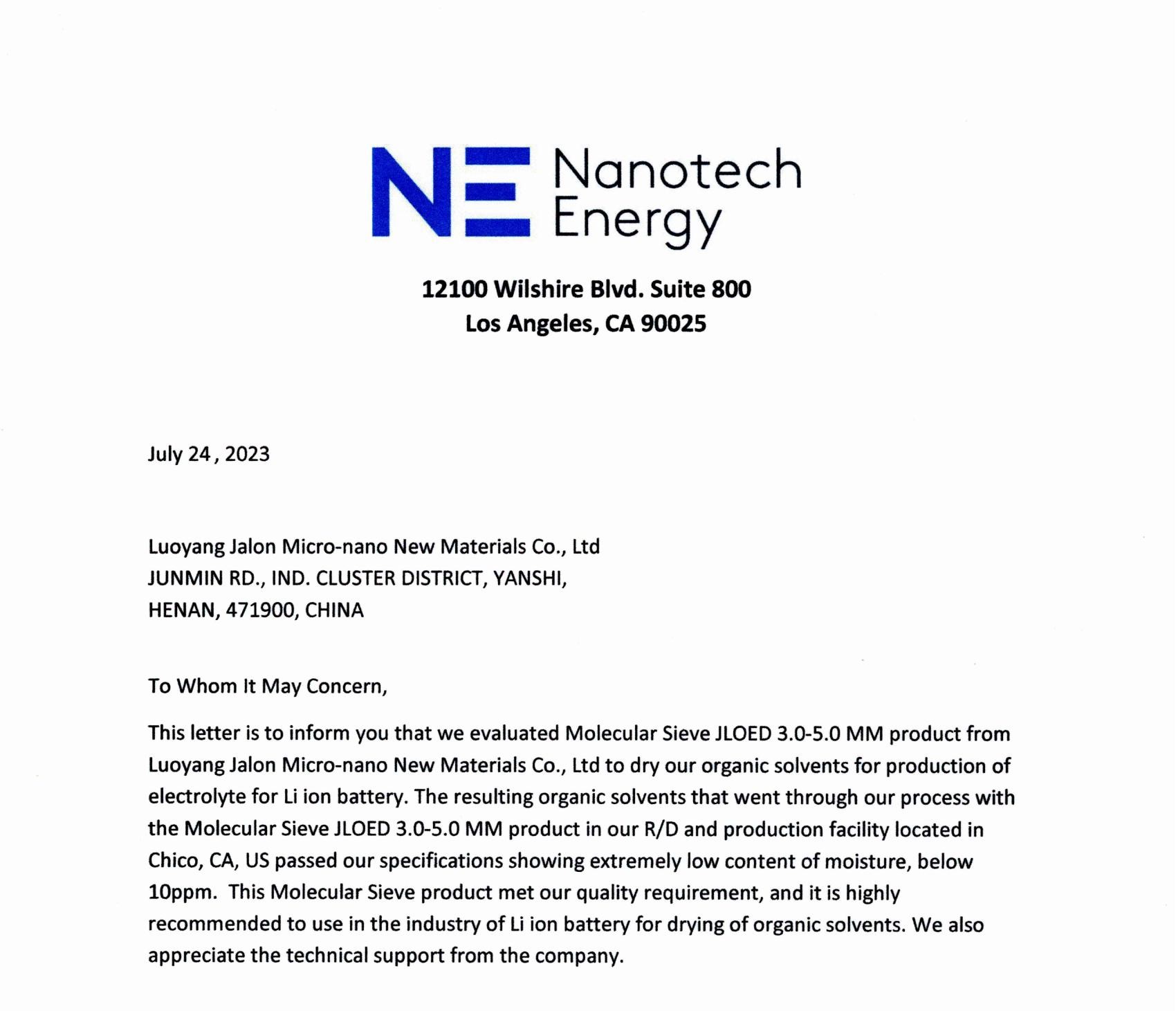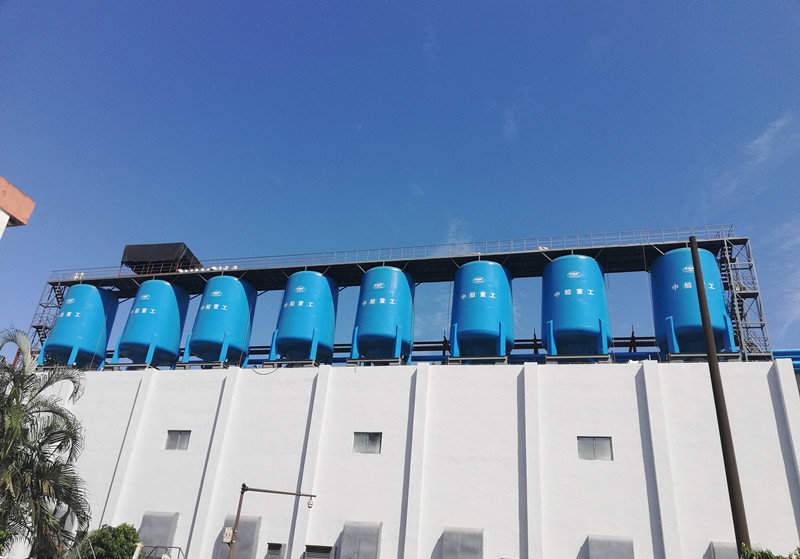Understanding the Basics of Oxygen Concentrators
Oxygen concentrators are important medical devices that offer a consistent stream of cleaned oxygen to people with breathing problems. These contraptions save lives for those suffering from chronic obstructive pulmonary disease (COPD), asthma, and other respiratory diseases. By knowing how oxygen concentrators function and their key components, you can take care of your unit better and ensure its performance is optimal.
Oxygen concentrators work by drawing air from surrounding; they then filter out nitrogen to deliver pure oxygen through a nasal cannula or mask. The process involves several steps such as compression, filtration and purification. Modern studies show that with modern technology in place, oxygen levels of up to 96% purity can be reached in these machines according to an article published in the Journal Of Clinical Medicine about Oxygen Concentrator.
The main parts of an oxygen concentrator entail a compressor, filters, pressure valves and molecular sieves. In this case, the adsorbent bed is very important for the purification process. These sieves are prepared from zeolite, which is a porous substance that selectively adsorbs nitrogen molecules while allowing passage of oxygen gas only. A typical example would be an oxygen concentrator containing two molecular sieve beds where work alternately thus ensuring continuous supply of purified air only without any trace of nitrogen gas passing through it.
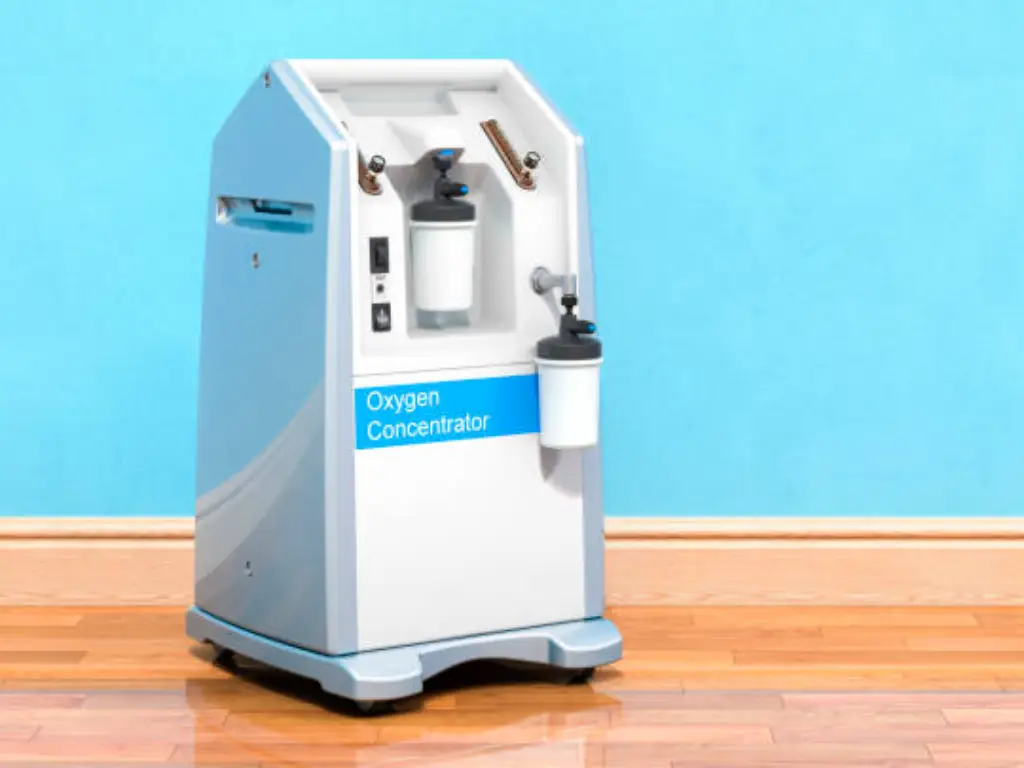
Common Issues with Oxygen Concentrators
Though they are reliable, oxygen concentrators can have problems that affect their performance. Some of the most common include decreased oxygen output, strange sounds, and power troubles. You can reduce interruptions in your oxygen therapy and avoid further damage to your machine by promptly identifying and fixing these issues.
Decreased Oxygen Output
Reduced oxygen output is one of the main challenges that confront users of this equipment. It arises from a variety of causes such as unclean filters, tube leakages or failing compressors. In some cases, low oxygen purity is also caused by molecular sieves.
Molecular sieves make sure that the produced oxygen remains pure. Because of contamination or deterioration with time, these sieves could become less effective than they used to be. The result would be a below-threshold level of impurities in the air necessitating professional help either for repairing broken concentrator or replacement sieve beds.
Strange Sounds
These noises could mean rattles, hums or whistles when it comes to your unit’s operation problems. This may happen if the components are loose; parts wear out or the compressor fails. If left unattended to, these problems can cause more harm and expensive repairs.
Power Issues
The power cord may have some problems which cause it not to turn on or switch off inappropriately when there are electric blackouts due to faulty electrical outlets or internal power sources within the device itself. In other instances, this blowout might also be attributed to a malfunctioning circuit board. Anytime you have power complications with your O2 generator get it checked out by an approved servicing shop.
Troubleshooting Oxygen Concentrator Problems
The first step for troubleshooting your oxygen concentrator is to identify the specific problem, such as low oxygen output, power problems, unusual noises, or a flashing yellow light. In case of low purified oxygen output from the surrounding air, check the filters and if necessary replace them. Check the tubing for leaks or kinks and replace any sections that have been damaged. If this does not work, use an oxygen analyzer to test the purity of the gas coming from it. Replace molecular sieves if their purity is low. These are substances used in removing nitrogen from air so that concentrated oxygen can be produced but with time they get contaminated or become less efficient due to wear and tear; thus require replacement by a professional repairer.
As for strange sounds or beep alerts, ensure you connected all external components securely and they don’t rub against each other when working. Look at the filters too; replace them if required. If noise continues, it may mean that there is something wrong with your compressor or some components got damaged internally leading to altered machine’s functionality, hence consult an expert service provider on how to diagnose and rectify these appliances.
To fix this issue, inspect the power cord for damages before replacing it incase of any breakages found during inspection. Ensure it is plugged into a good socket which should not be overloaded. This could be due to either faulty internal power supply or a bad circuit board within it in case nothing changes even after confirming all of these things right then one should consult professionals who will safely repair these parts and diagnose its faultiness without further damage occurring on them just as long as they know what went wrong with it. Nonetheless upgrading to more efficient power supply in some instances can save from future troubles relating to your device while lengthening its working life cycle Remember however that doing complex repairs yourself can be risky and void warranties therefore always approach qualified technicians when faced with serious cases.
| Possible Problem | Cause | Solution |
| Decreased Oxygen Output | Unclean filters | Replace filters as per manufacturer’s instructions |
| Tube leakages | Identify and replace leaking tubes | |
| Failing compressor | Consult a qualified technician | |
| Worn out molecular sieves | Replace molecular sieves (consult a qualified technician for this) | |
| Strange Sounds | Loose components | Tighten loose components |
| Worn out parts | Consult a qualified technician | |
| Compressor failure | Consult a qualified technician | |
| Power Issues | Damaged power cord | Replace the power cord |
| Faulty electrical outlet | Try a different outlet; consult an electrician if necessary | |
| Internal power supply malfunction | Consult a qualified technician | |
| Circuit board malfunction | Consult a qualified technician |
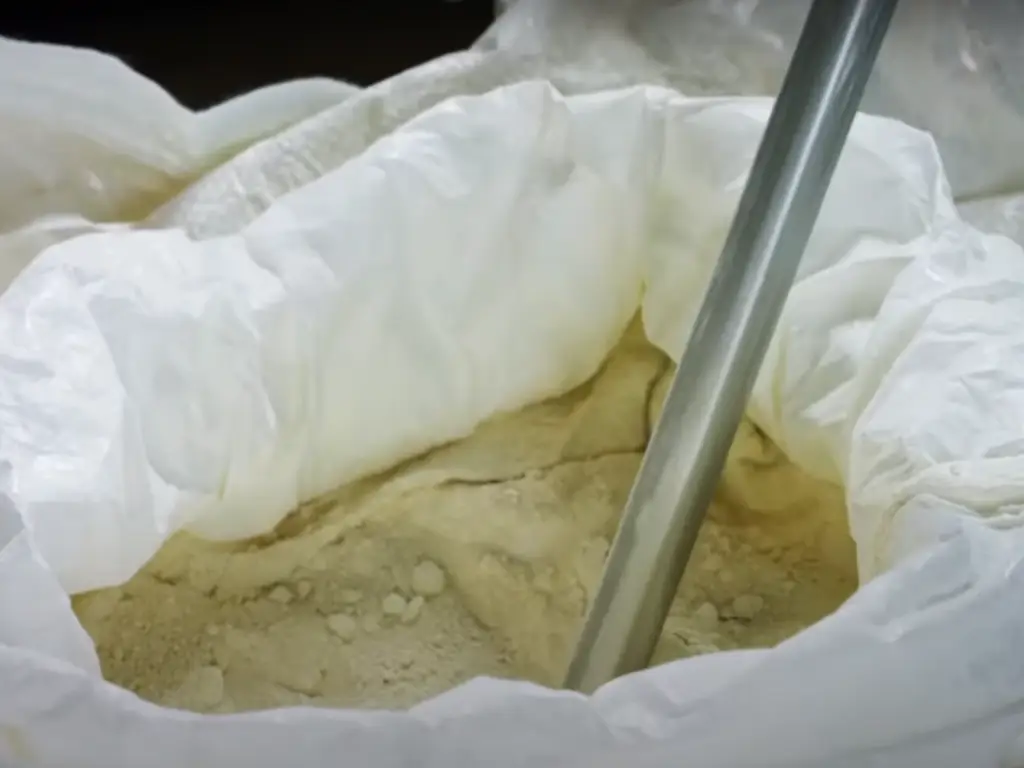
Molecular Sieves: The Engine of Oxygen Concentrators
Molecular sieves are like the unsung heroes of oxygen concentrators, which have an essential part to play with regards to enabling such devices to generate oxygen at a very pure form. These small porous substances are supposed to selectively adsorb nitrogen atoms from the air so that oxygen can be transported through them and supplied to the user. The performance and life span of an oxygen concentrator depend directly on the quality and efficiency of molecular sieves.
The Benefits of High-Quality Molecular Sieves in Oxygen Concentrator Performance
Several advantages can be reaped from high-standard molecular sieves in terms of how well the O2 concentrator operates. Having a higher absorption capability, these top notch sieves remove more nitrogen with each cycle thus improving purity levels for oxygen while increasing its overall effectiveness. On top of that, stronger molecular sieves also help reduce contamination risks and extend lifespan by minimizing incidences where frequent repairs or replacements would be needed in such equipment as this portable oxygen generator . It is only by purchasing a high calibre molecular sieve equipped oxygen concentrator that people can have guaranteed access to reliable high-purity oxygen supply all year round.
Jalon’s Highly Efficient Molecular Sieves for Oxygen Concentrators
Jalon’s JLOX-100 and JLOX-500 series molecular sieves are designed to improve performance and efficiency of oxygen concentrators. In particular, JLOX-101 grade which is part of JLOX-100 series is Lithium X-type (LiX) zeolite possessing 2-3 times bigger nitrogen adsorption capacity than traditional A-type oxygene molecular sieve. This high-efficiency Nitrogen adsorption results in higher O2 purity levels (up tp 93% ± 3%) and better performance characteristics for portable medical O2 generators operating within 1-5 L/min flow range . This leads to a better performance in PSA industrial oxygen production and medical center oxygen supply systems, since JLOX-500 series has high nitrogen adsorption capacity and excellent nitrogen-oxygen separation coefficient which results in faster adsorption rates, higher rate of oxygen production and longer service life. Regeneration of both types is achieved through temperature increase or pressure reduction with time; hence they continue performing at their best over time. When it comes to reliable efficient working of oxygen concentrators, Jalon’s JLOX-100 as well as JLOX-500 series molecular sieves offer the best solution enhancing the overall efficiency of O2 generation while extending equipment life span.
Regular Maintenance for Optimal Performance
For you to keep your oxygen concentrator in good shape, it is necessary that you carry out regular maintenance routines. This helps prevents some of the common problems and at the same time increases the life span of your device.
Follow manufacturer’s instructions on cleaning or replacement of your oxygen concentrator filters. Typically, there are two types of filters found on most machines; a coarse foam filter captures larger particles while finer bacterial filter traps smaller impurities. Regularly cleaning or changing these filters will therefore result in smooth airflow and also prevent entry of foreign materials into the inside parts of this gadget.
Inspect the tubes of your oxygen concentrators for wearing signs such as cracks, punctures or fading colors. Thus, replacing damaged pipes immediately prevents leakages by guaranteeing continuous flow of Oxygen. Always replace tubing with quality components accepted by manufacturers only to ensure safe operation and performance that meets specifications.
Though molecular sieve bed cannot be maintained directly however keeping your oxygen concentrator clean and free from pollutants can help prolong its life. Changing filters regularly and proper storage will prevent dust and moisture from entering into the sieve bed leading to its premature degradation. In case you suspect a problem with molecular sieves, consult professionals who repair these devices.
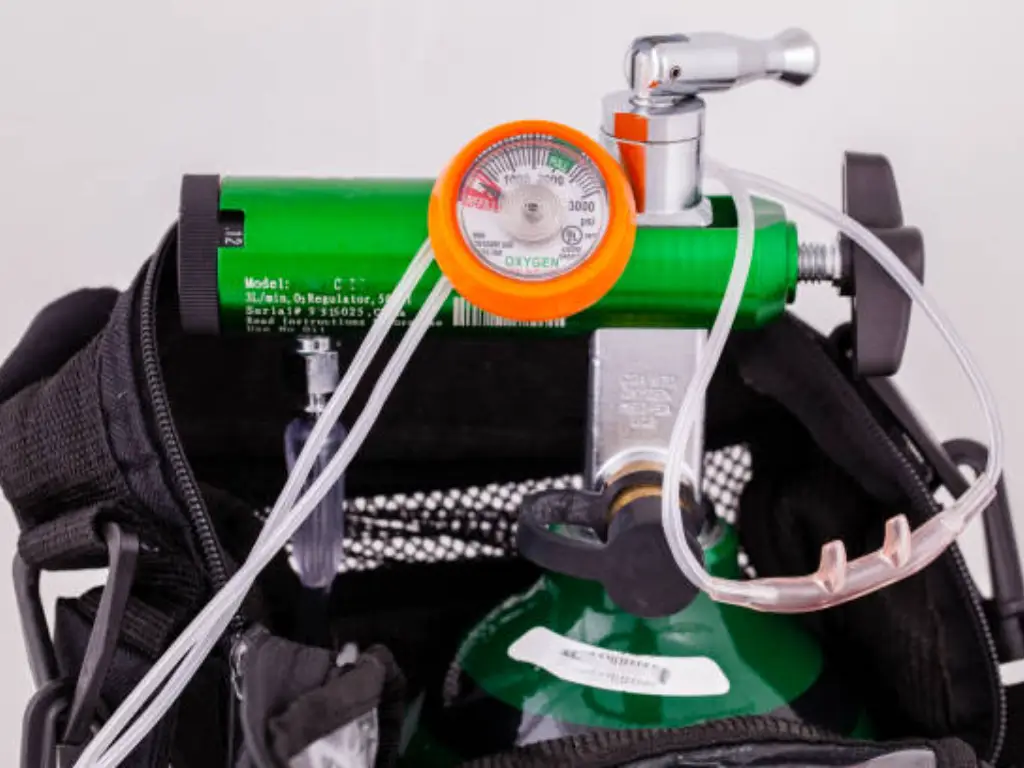
How to Keep Your Oxygen Concentrator Running Longer
Another vital thing that you need to know is how to keep your oxygen concentrator running longer for its optimal performance.
Right Usage and Storage
Always follow the manufacturer’s directions and consult your medical professional before using an oxygen concentrator. In case you are not using it, keep it in a cool dry place away from direct sunlight and sources of heat or fire. This means you should avoid exposing your device to very cold temperature, humidity, dust as these factors tend to destroy internal parts of the machine thereby reducing its life span.
Regular Maintenance and Tune-ups
Set up regular service appointments with professionals who specialize in repairing oxygen concentrators. During these visits, they will inspect your equipment, change or clean filters, examine molecular sieves, as well as make any necessary repairs or adjustments. By regularly servicing them you are able to find out potential problems early enough so that they do not become more serious thus saving time and money in future.
Upgrade to High-Performance Parts
Advances in technology often result in the development of new and improved components for use with oxygen concentrators. Upgrading things like high-performance molecular sieves can help increase the efficiency of your system and extend its useful life. To be sure that the upgrade is right for you talk with a qualified repair technician about whether this option works well with existing machines or if it requires specialist installation.
When to Replace Your Oxygen Concentrator
Your oxygen concentrator may be in need of replacement, even with the best preventative maintenance and repair work. Below are some of the signs that it is time to buy a new one, despite the year warranty.
When your oxygen concentrator is showing large amounts of wear and tear that can come in forms such as broken casings, wires or cords that are frayed or it has failed to work for you despite all the repairs and customer service; then replacing it might be an option. The efficiency of aging devices reduces as they become more susceptible to breakdowns which could disrupt your Oxygen Therapy and further lead to higher repair costs, even with replacement parts.
Molecular sieves are important components of oxygen concentrators whose performance may worsen over time. If you have observed a consistent drop in oxygen purity no matter how regularly you maintain and fix it back with preventive maintenance, then this could imply that the molecular sieves have come to their end stage. Replacing the sieve beds may sometimes cost less than buying another one.
There are now better working models of newer generations, which allow for better efficiency, noise suppression, or other enhancements. For example, where your current one is several years old, upgrading to a new model would offer improved performance and convenience. Other more recent models even come with remote monitoring features enabling doctors track your oxygen use as well as adjust settings when necessary.
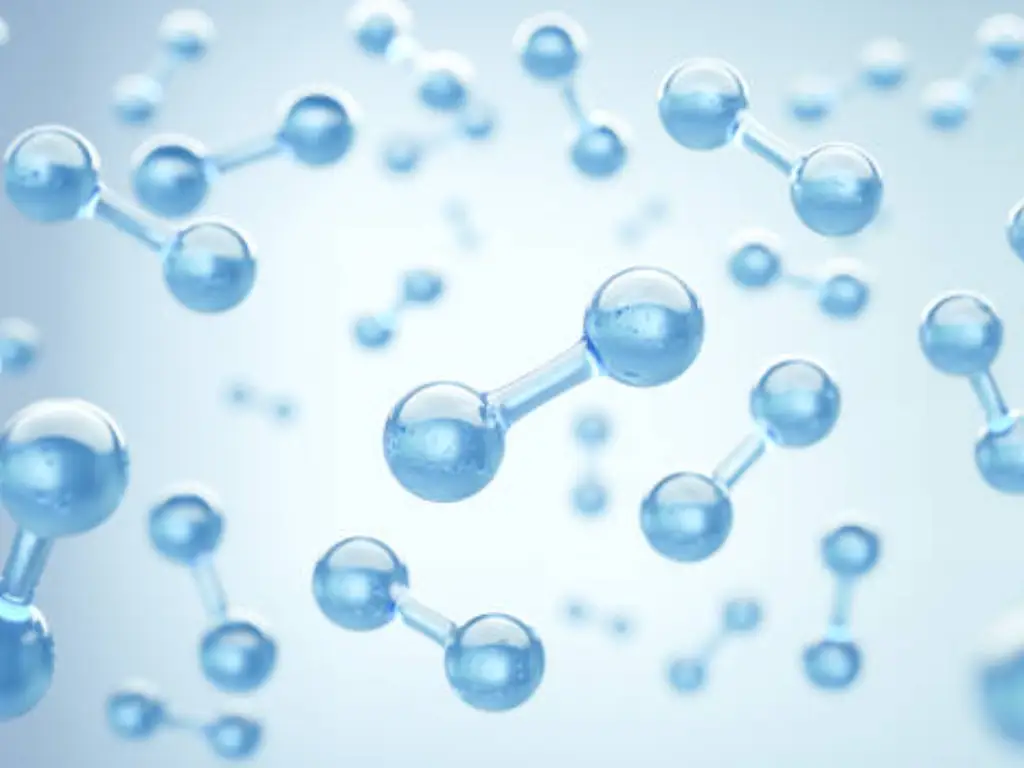
Choosing the Right Oxygen Concentrator Repair Service
Picking on an appropriate service program when it comes repairing or servicing your oxygen machine cannot be overlooked. Below are some points you should consider when deciding on an oxygen concentrator repair service:
Choose authorized service centers certified by your portable oxygen concentrator’s or stationary oxygen concentrator’s manufacturer. These shops have original parts and staff who specialize in these particular brands. Authorized service centers also offer prolonged warranties together with privileged services particularly for their buyers.
Experience must count on this front whereby qualification counts up much more compared to education level received by technicians handling medical units like respiratory systems including any portable types meant for treating patients suffering from respiratory disorders through the application of Oxygen. They can be able to sort out problems quickly, work on your oxygen concentrator with ease and give you specific maintenance instructions that can help maintain your device.
Ask whether their repair services entail use of genuine manufacturers’ spare parts such as premium molecular sieves. Your unit’s performance and safety are at stake when inferior or counterfeit parts are used because frequent breakdowns will be unavoidable thus subjecting the user to health risks.
Conclusion
Because regular maintenance and timely repairs are necessary to ensure the best performance one could have, oxygen concentrators are life-saving medical equipment. Through knowing essential elements of your device like molecular sieves and conducting general repairs, you will avoid common problems for a long lifespan on your oxygen concentrator.
Professional oxygen concentrator repair services will be the only way to get your device back in good shape after developing any issues. It is advisable that you select a repair service that has technicians having a lot of experience with such devices; uses top-quality spare parts and source premium molecular sieves from well-known manufacturers.
Therefore, it is important to follow these tips so as not only to keep up with routine maintenance but also have emergency contacts in place for any immediate repair cases involving concentration of oxygen systems.

